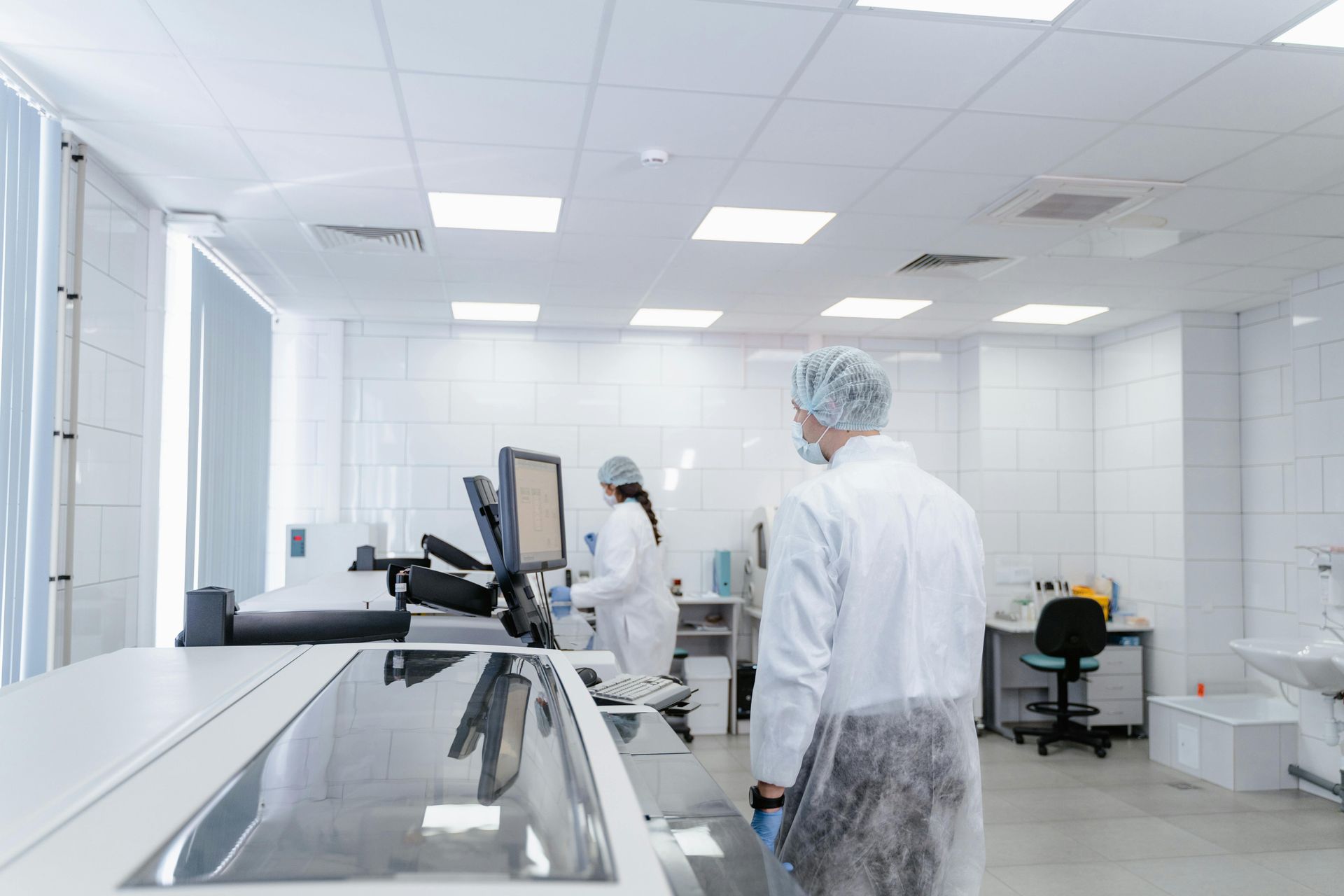Regulatory Environment for Cell and Gene Therapies
Globalization of the medical industry poses a significant challenge for the pharmaceutical companies as drug approval is often delayed and is cost intensive due to the diversity in the regulatory requirements of different regions/countries. Furthermore, lack of clear regulatory requirements in the developing countries, which are potentially large markets for such drugs, might delay the approval process.
The international regulatory forum on human cell therapy and gene therapy products has called for regulatory convergence, to facilitate alignment of regulatory requirements across regions/countries as they gradually adopt the international guidelines for reduced approval time of cell and gene therapeutics. Additionally, a ‘minimum consensus package’ was also proposed as a common internationally applicable technical requirement[1]. In order to realize the full potential of the promises held by cell and gene therapies, there remains an urgent unmet need of accelerated programs to fast-track the innovation and approval, relying on the realistic risk assessments regarding scalability, safety and potency of this new technology.
The US landscape
The FDA launched its Advancing Regulatory Science Initiative in Feb 2010, overseen by the Office of Regulatory Science and Innovation. FDA my grant regulators relief for regenerative medicine (RM) depending on the product characterization. In the US, stem cell–based therapies are classified as ‘‘human cells, tissues, or cellular or tissue-based products’’ (HCT/Ps). These are defined as ‘‘articles containing or consisting of human cells or tissues that are intended for implantation, transplantation, infusion, or transfer into a human recipient.’’[2] This category is subject to regulatory requirements for HCT/Ps i.e. establishment registration and product listing, donor eligibility, and current Good Tissue Practice. On the other hand, biological cell therapeutics are subject to both, the Public Health Service Act and meet the definition of drugs under the Federal Food, Drug and Cosmetic Act (FDC Act).
Despite the most favorable environment in the US for cell and gene therapeutics, the first approved trial of human embryonic stem cells was abandoned by Geron Corporation in 2011, citing high research costs and regulatory complexities. The trial was resumed only after a fresh round of funding as Geron entered into Asset Contribution Agreement with BioTime, and is scheduled to be completed by 2018.
Japanese regulatory environment
The Japanese government has taken several proactive steps to accelerate innovation and commercialization of cell and gene therapeutics by clearing new legislations i.e. the Act on the Safety of Regenerative Medicine”(ASRM)[3] and the Pharmaceuticals, Medical Devices and other therapeutic products Act (PMDA)[4], effective since November 2014. PMDA identifies the need for collaboration between medical research institutes and the medical industry and introduced a new fast-track option for conditional, time-limited approval of “regenerative medical products”. ASRM charts the guidelines ensuring safety of stem cell therapies, regulates practices and clinical studies related to regenerative medicine as well as the manufacturing and quality requirements for cell and gene.
Advanced Therapy Medicinal Products (ATMPS) in the EU
ATMPs are classified into four categories as
- Gene therapy medicinal products (GTMP),
- Somatic cell therapy medicinal products (sCTMP),
- Tissue engineered products (TEP), and
- Combined ATMPs, which contain a medical device as an integral part of a cell- or tissue-based product.
Perspectives
https://www.sciencedirect.com/science/article/pii/S1045105616300343
Blog Categories
Stay Informed



